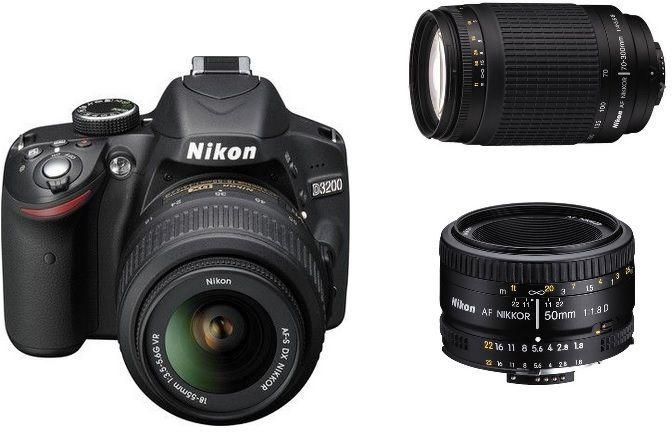

We constantly harp on sensor size because it really makes a major quality difference bigger chips deliver more accurate colors with less digital noise at higher ISOs.

(Nikon calls it FX its more affordable DSLRs that use smaller APS-C sensors are dubbed DX).

One of the key components of the D800 is the 36.3-megapixel CMOS sensor, which measures 35.9 x 24mm, approximately the size of a frame of 35mm film, hence the full-frame designation. As noted up top, our test rig had a list price of $4,898, so that pretty much says it all about the audience for this camera. We can all dream, right?Īnyway, the Nikon D800 is relatively affordable full-frame DSLR that’s targeted to serious enthusiasts and pros, not strictly professionals. Yes, this is a rarefied atmosphere, like leaving the Toyota dealership and deciding to stroll through the Lamborghini showroom. Current competition for the less-expensive Nikon is Canon’s EOS 5D Mark III, a $3,499 22-megapixel full-frame edition. The D4 is strictly for pros and grabs a startling 11 fps at full resolution, versus 4 for the D800. The duo takes the place of the D3S, D3X and D700, which have been around for ages. Nikon recently updated its full-frame line-up with the 16.2-megapixel $5,999 D4 and the “cheap” 36.3-megapixel $2,999 D800. These very expensive models are near the pinnacle of the digicam food chain, offering the best quality at a hefty price. Features and designĪffordable digital cameras change with the seasons, but full-frame DSLRs are more like the Olympics, showing up every few years. Of course it’s impressive - but let’s see how good it really is. Nikon’s latest full-frame DSLR has an incredible amount of resolution with an equally awesome price.


 0 kommentar(er)
0 kommentar(er)
